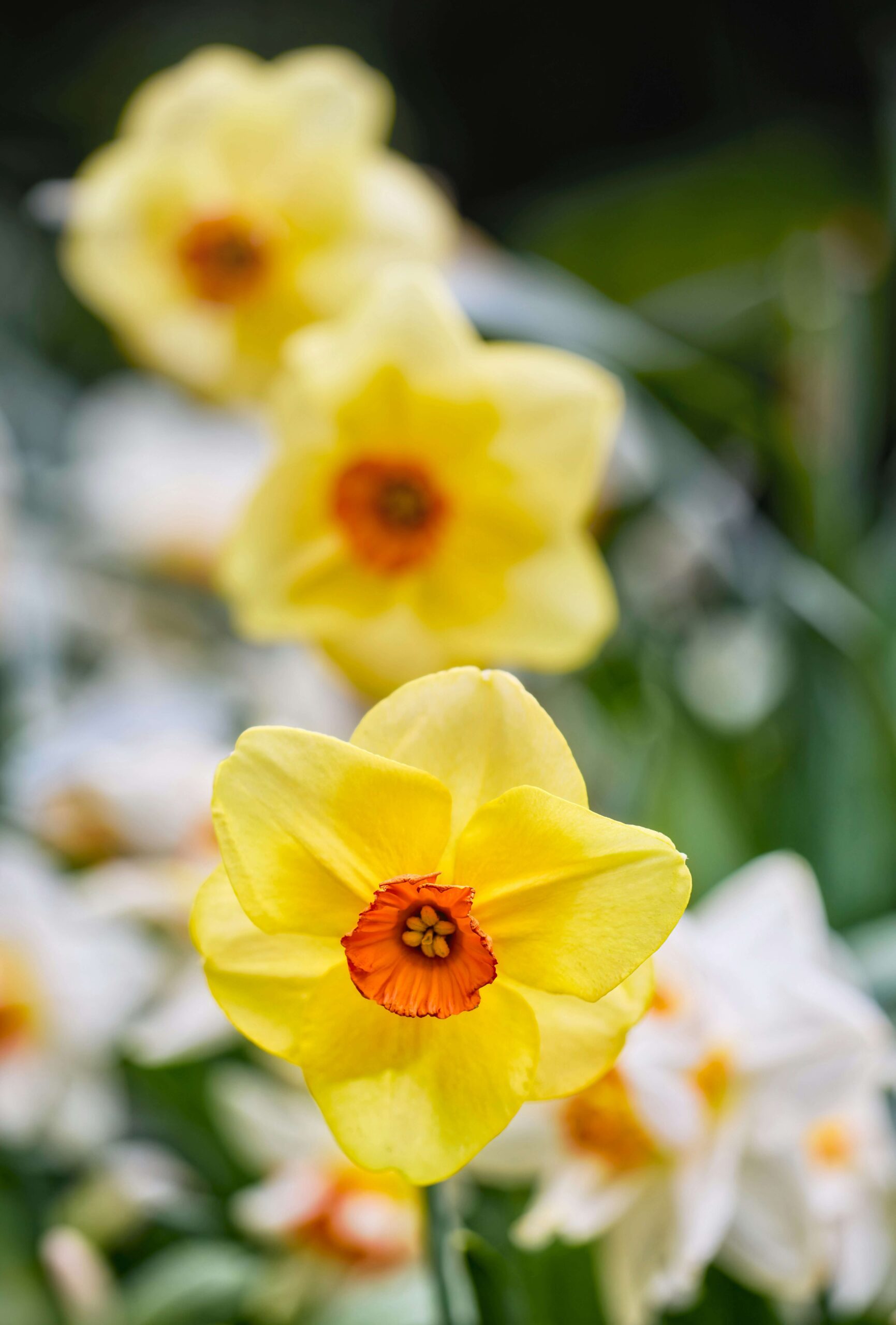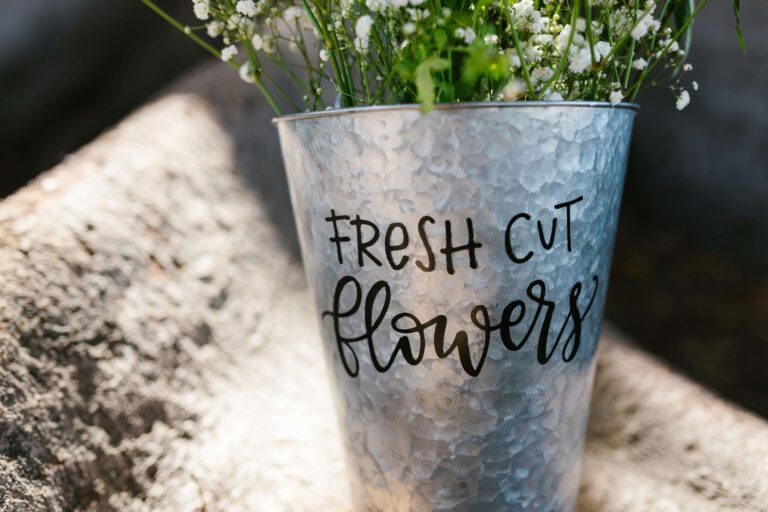Spring Flowers: 25 Beautiful Blooms for New England Gardens
There’s a certain moment in spring the first day you leave the door open or the first cup of coffee you take out to the steps—when you notice something stirring in the garden and see the first spring flowers. A bud here, a patch of green there. In New England, we wait a long time for this. The thaw is slow, the air is still crisp, and when color finally creeps back into our yards, it feels like a reunion.
Whether you’ve got a postage-stamp porch garden or rambling beds around a white farmhouse, there’s no shortage of spring flowers that feel right at home here. Below are 25 of our favorite flowers to plant in a New England garden this season—with a few cozy notes along the way on how to enjoy them from the best seat in the house: your porch.
What Flowers Bloom in Spring?
It’s the question we all ask when the snow finally melts and the garden feels like it’s holding its breath. In New England, spring flowers don’t all arrive at once—they tiptoe in, one by one, as if testing the air.
Some of the earliest bloomers, like snowdrops and crocus, show up when you’re still wearing your winter coat. Then come the daffodils, hyacinths, and tulips, bright and cheerful like little garden trumpets announcing that warmer days are truly on the way. As April turns to May, the garden fills out even more—bleeding hearts, lilacs, and Virginia bluebells begin to unfurl, softening the edges of beds and borders.
If you’re wondering what to plant now (or what to expect from an older garden), the best spring flowers are the ones that greet you gently, year after year. They remind you that even after a long New England winter, something beautiful always returns.
1. Daffodils (Zones 3–8)
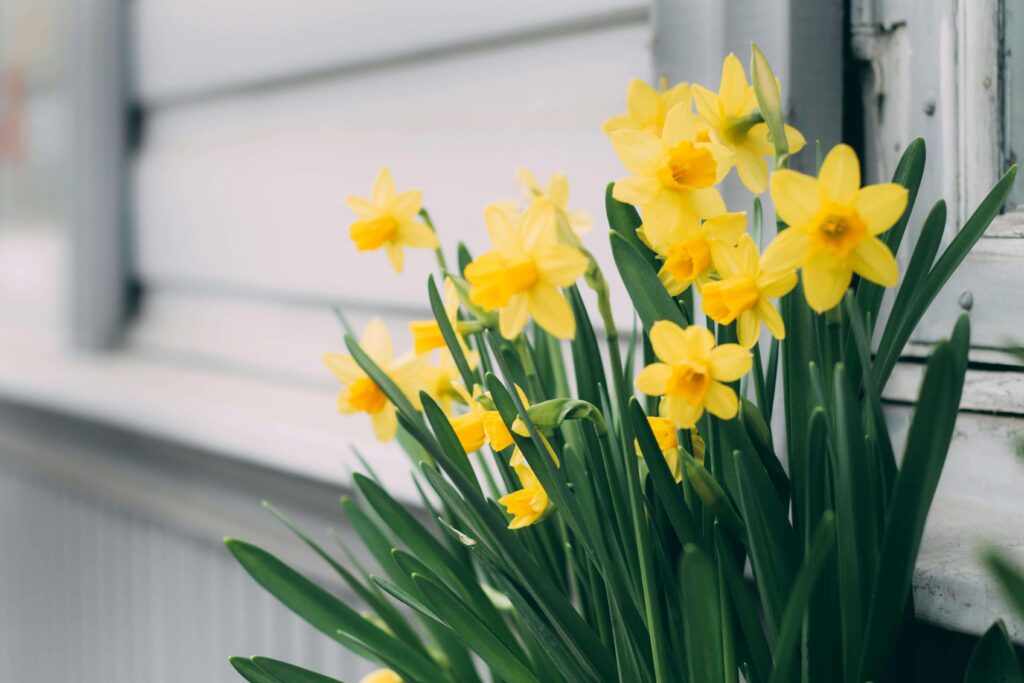
The ultimate early bloomer. There’s something about their cheerful yellow faces pushing up through last fall’s leaves that makes everything feel hopeful again. Tuck bulbs in among shrubs or along stone borders in the fall, and come spring, they’ll reward you every year.
2. Tulips (Zones 3–7)

They bloom a bit later than daffodils, but they come in such a range of colors and shapes, it’s hard not to fall in love. Try planting them in big groups—there’s magic in seeing them sway together on a breezy morning.
3. Hyacinths (Zones 4–8)
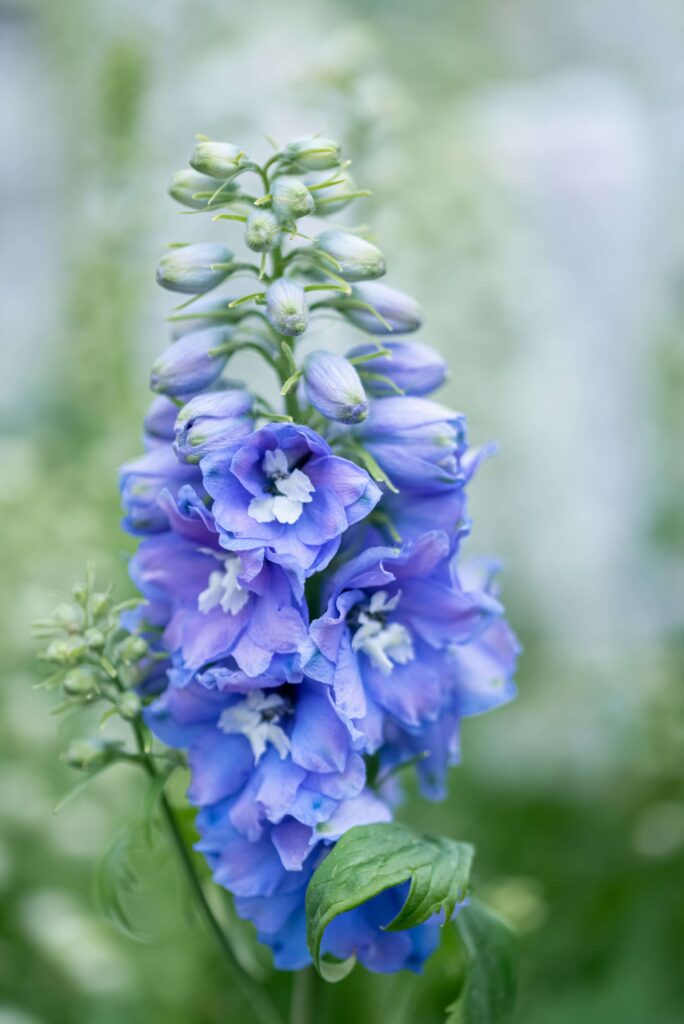
These are the flowers you’ll smell before you see. Their sweet fragrance carries across a yard and lingers on your sleeves if you brush past them. Perfect along porch steps or near doorways.
4. Crocus (Zones 3–8)
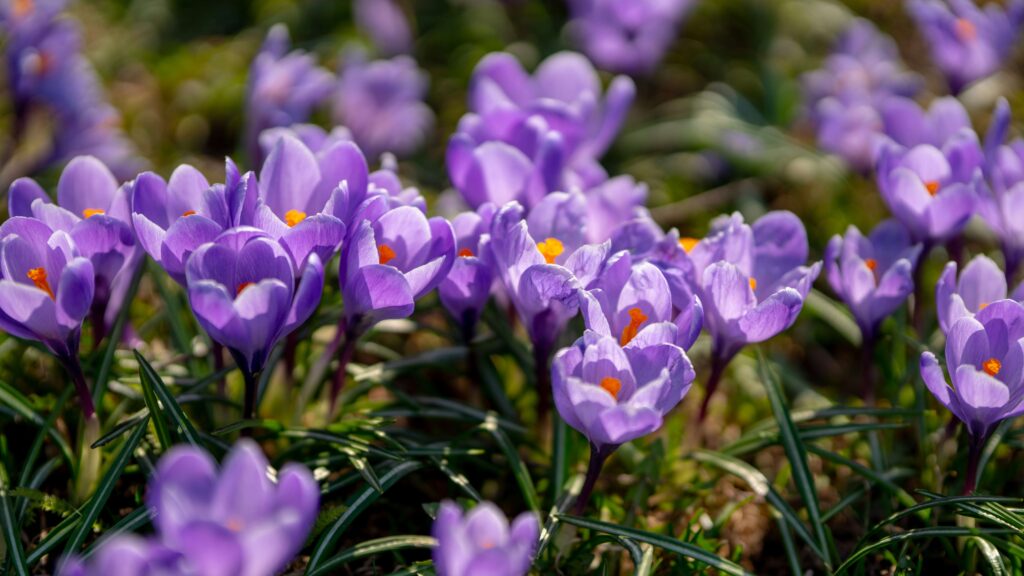
Often the very first to show up, even while snow still dots the ground. They’re tiny, but bold—like a whisper that says, spring is really happening.
5. Grape Hyacinths (Zones 4–8)
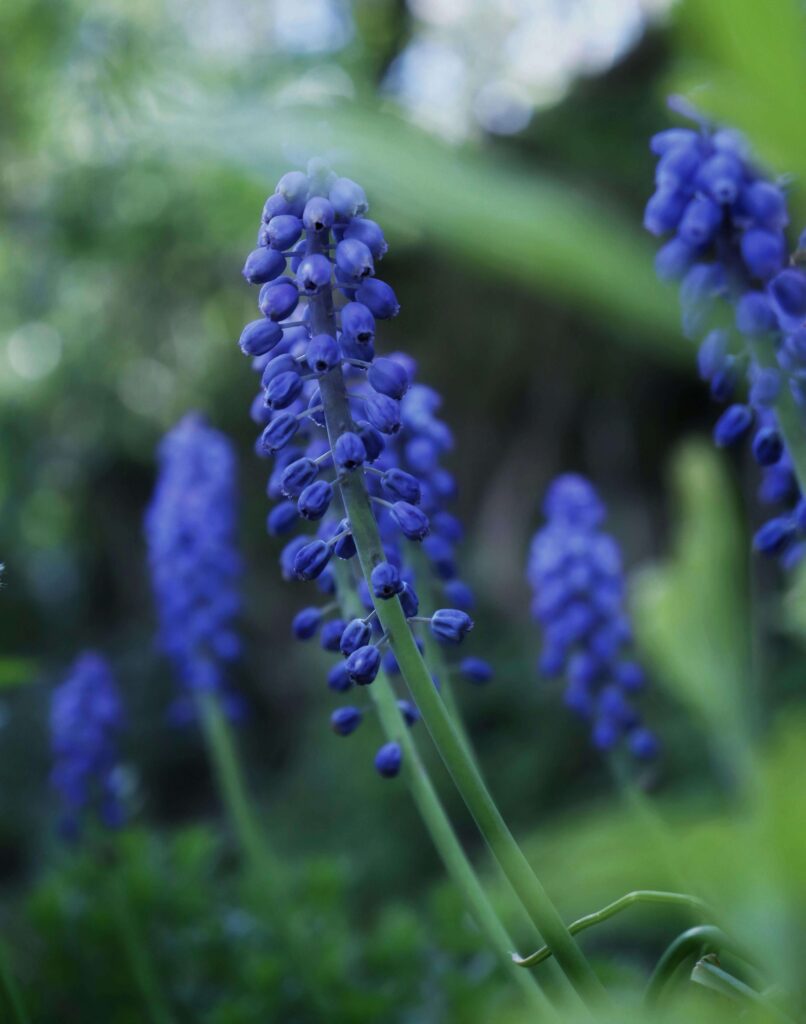
Not actually related to true hyacinths, but just as lovely. These tiny blue-purple flowers look beautiful lining a walkway or spilling over the edge of a rock wall.
6. Primroses (Zones 3–8)
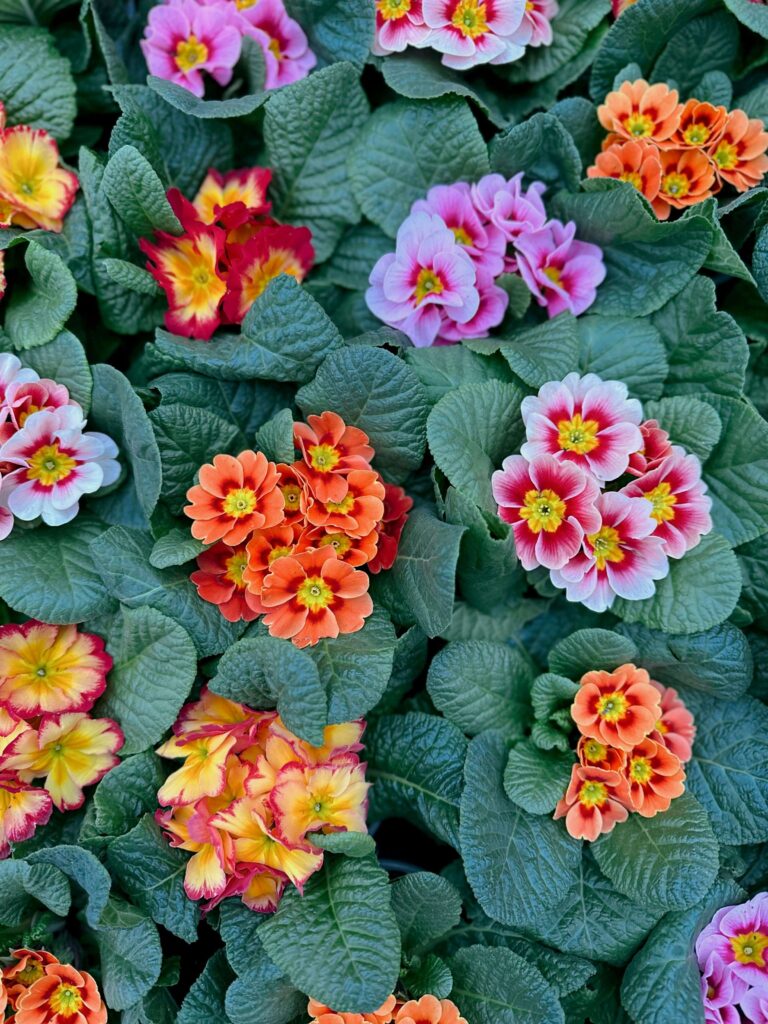
Old-fashioned in the best way. Their blooms come in soft pastels or vibrant jewel tones, and they love the kind of cool weather that lingers in early spring.
7. Bleeding Heart (Zones 3–9)

Delicate, heart-shaped blooms that hang from arching stems—every New England cottage garden deserves at least one.
8. Hellebores (Zones 4–9)
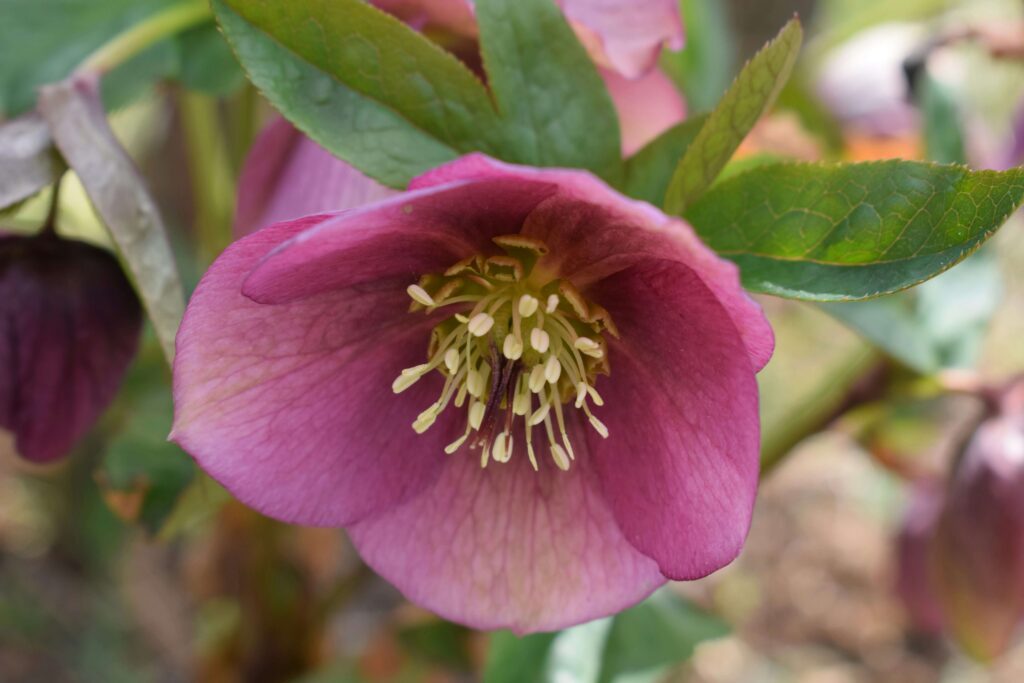
Sometimes blooming as early as February, hellebores are tough and quietly elegant. Their downward-facing blossoms look shy and romantic in shady corners.
9. Lungwort (Zones 3–8)
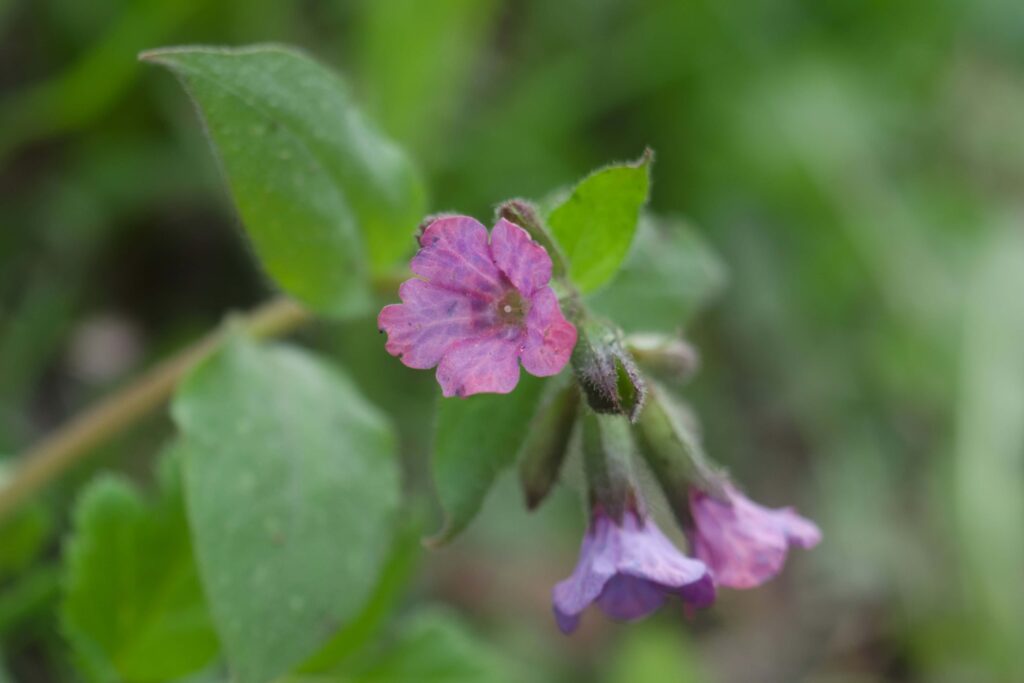
With speckled leaves and purplish-blue blooms, lungwort thrives in shady, damp areas. Plant it under trees or near mossy spots—it’ll feel right at home.
10. Brunnera (Zones 3–8)
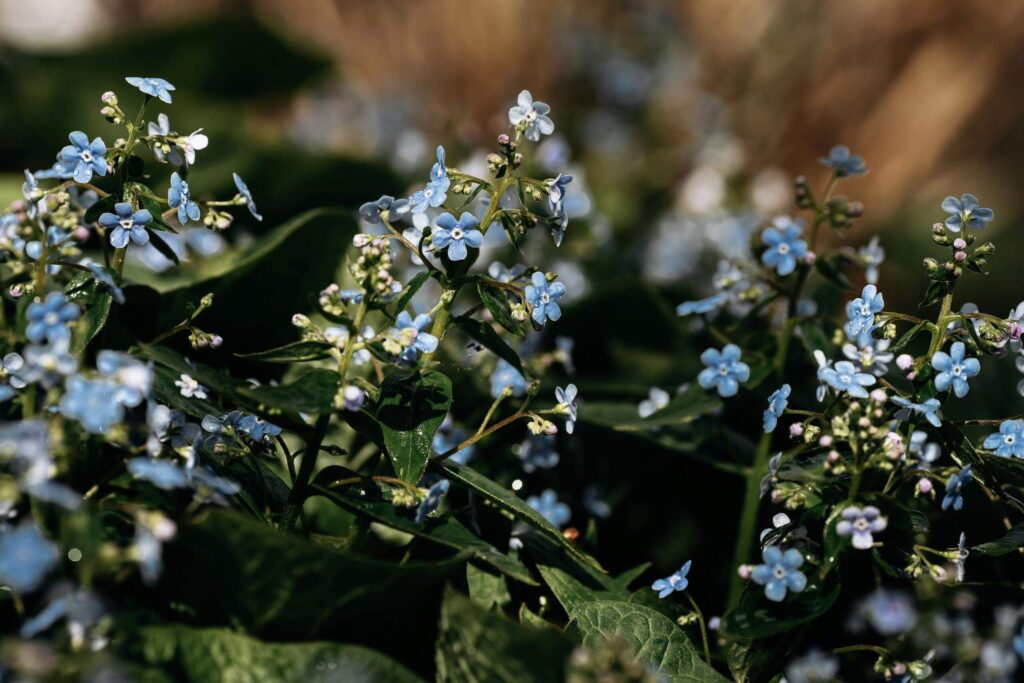
Looks like forget-me-nots with silvery leaves. These are wonderful under hostas or as a soft edge along woodland borders.
11. Virginia Bluebells (Zones 3–8)
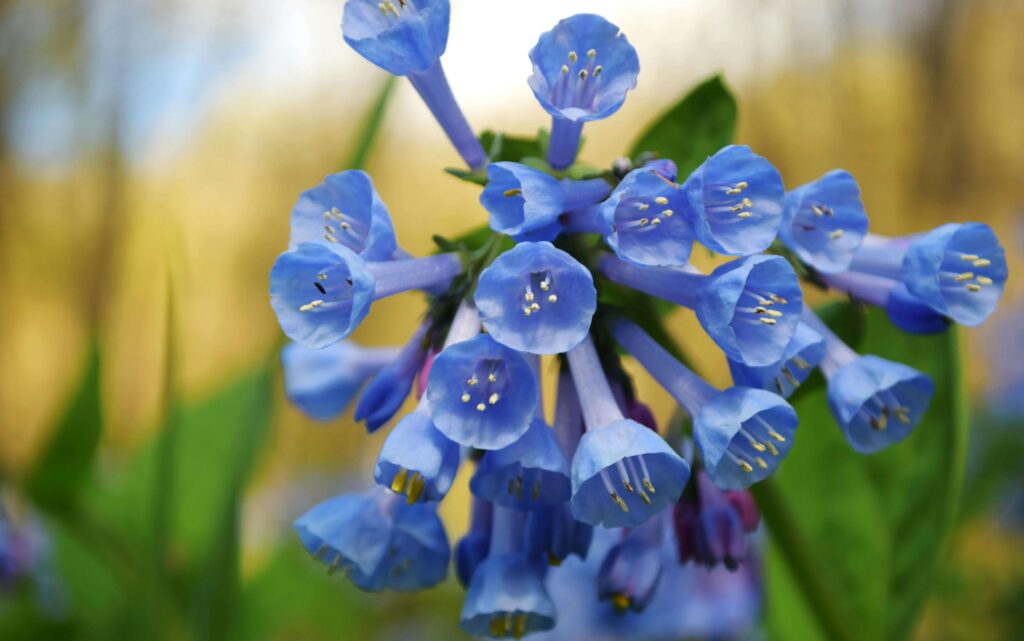
Native and pollinator-friendly. Their bell-shaped blue blooms are fleeting but unforgettable.
12. Anemone blanda (Zones 5–9)
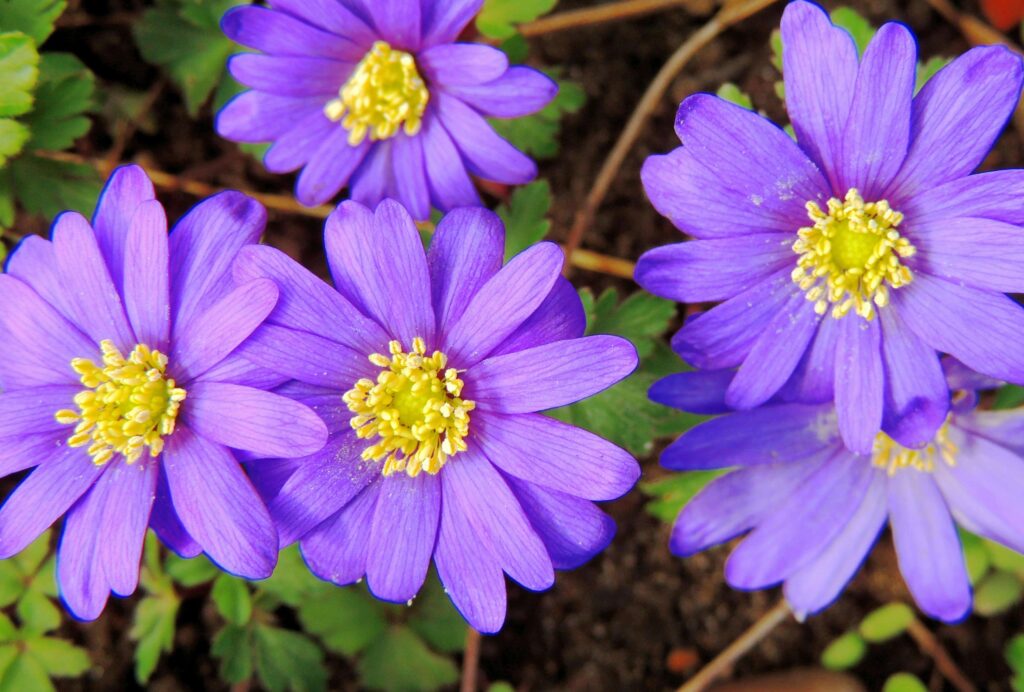
Daisy-like and full of charm. These cheerful little flowers look beautiful scattered beneath shrubs or trees.
13. Snowdrops (Zones 3–7)
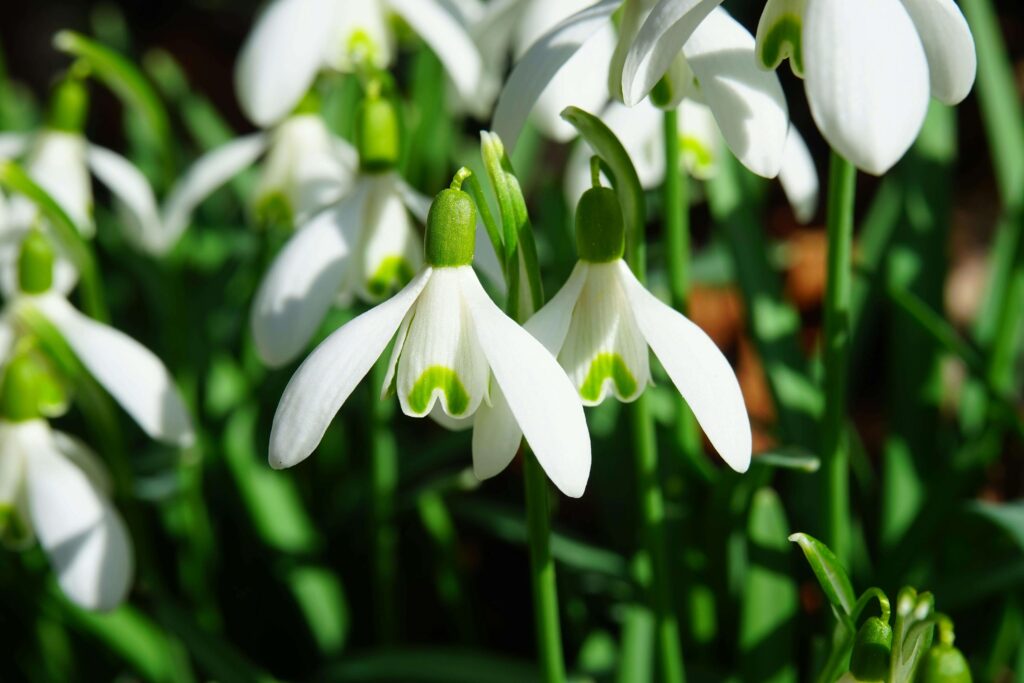
As the name implies, they sometimes bloom right through snow. A humble but powerful reminder that winter doesn’t last forever.
14. Pansies (Zones 4–8)
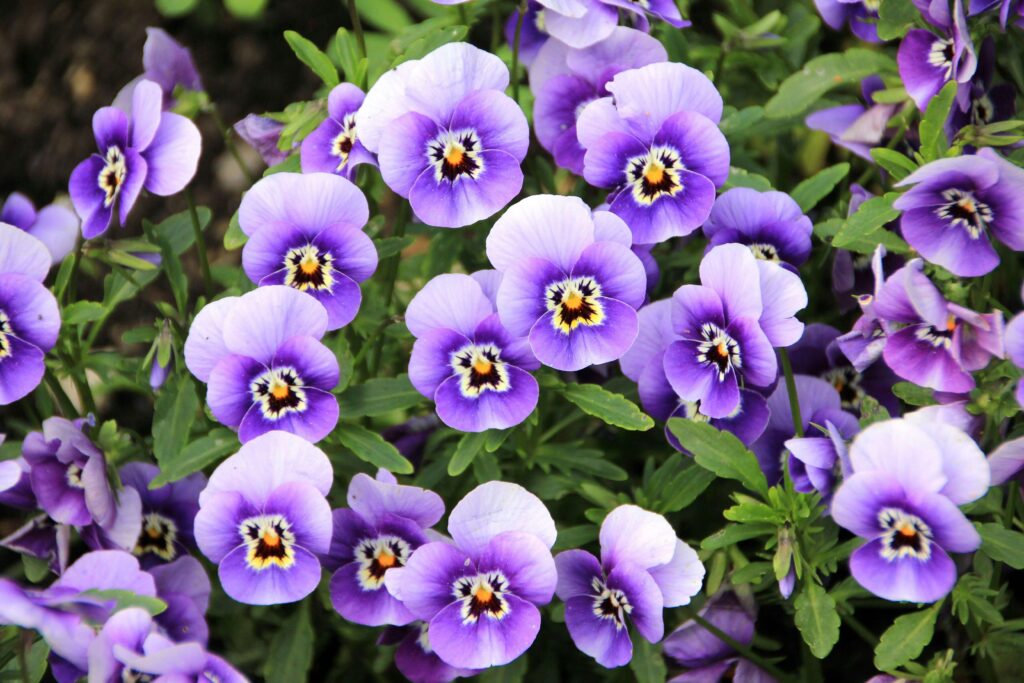
Technically an annual, but pansies are tough cookies. They can handle late snowfalls and bounce back smiling. Great in porch containers and window boxes.
15. Violas (Zones 3–9)
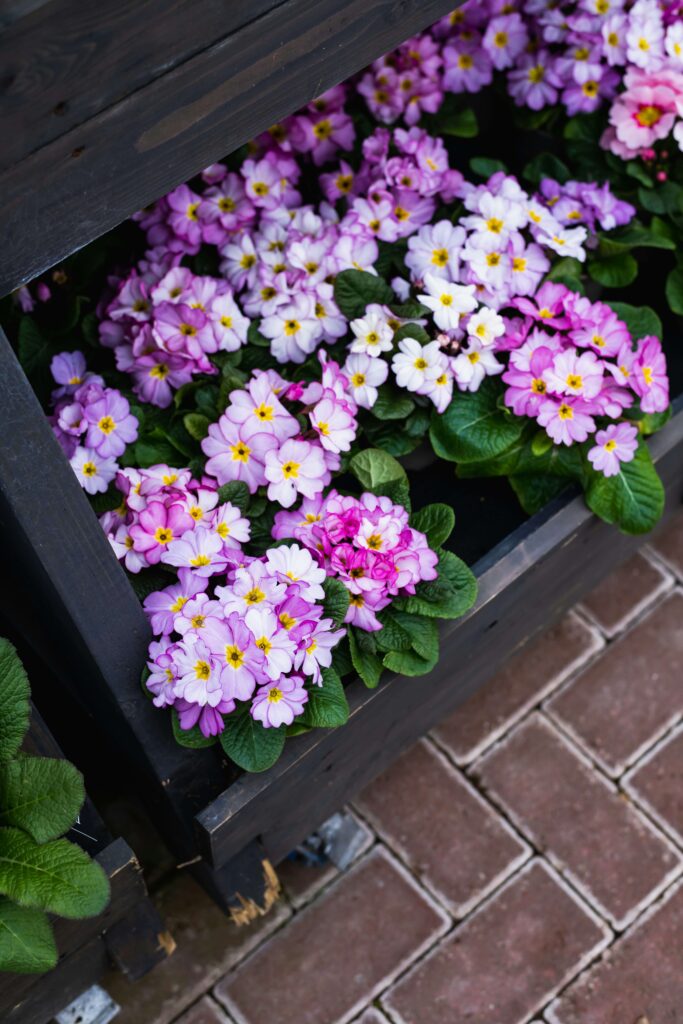
Like smaller, sweeter pansies. Their petals are edible too—try pressing one into a shortbread cookie or floating one in your lemonade.
16. Lilacs (Zones 3–7)

Is it even spring in New England without lilacs? Their scent is the kind that makes you pause mid-step. Plant near windows or porch swings—you won’t regret it.
17. Peonies (Zones 3–8)
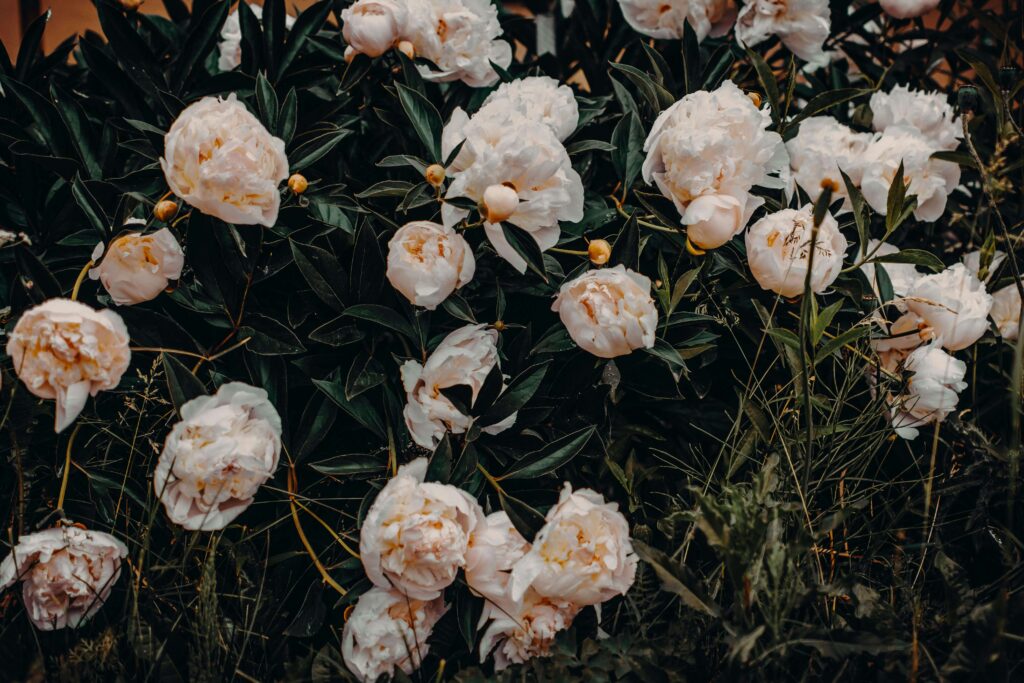
A little later in spring, but always worth mentioning. Once they bloom, they steal the show. Just be sure to stake them—those blooms are as heavy as they are beautiful.
18. Iris (Zones 3–9)
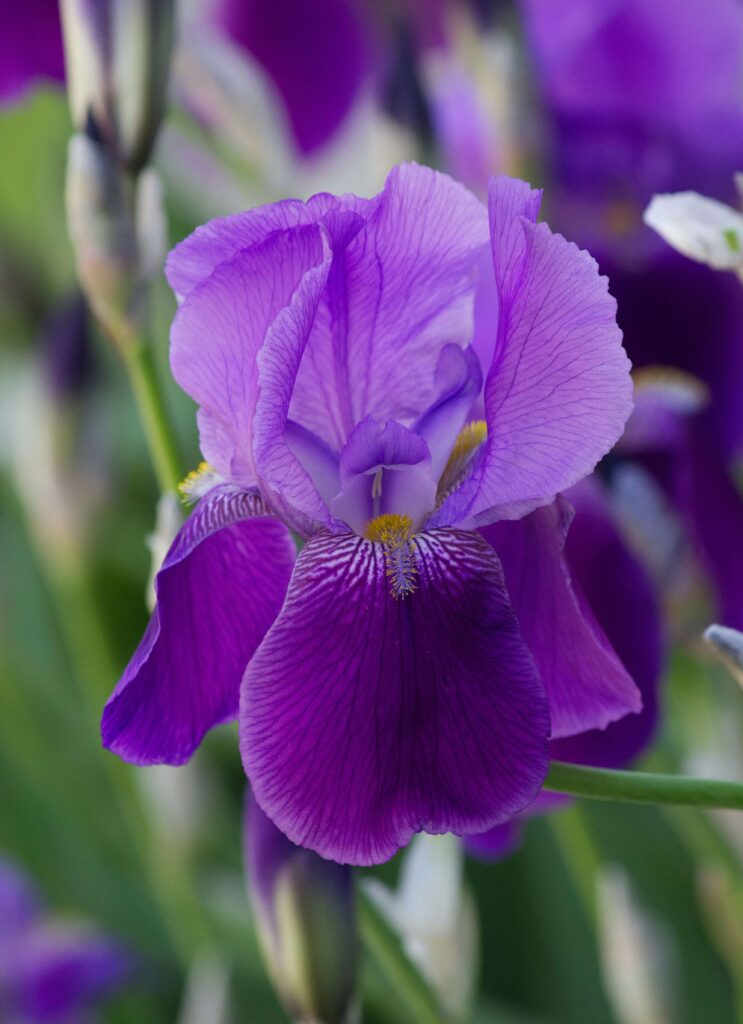
Stately and striking. Irises are architectural, colorful, and ideal for adding height and drama to beds.
19. Columbine (Zones 3–8)
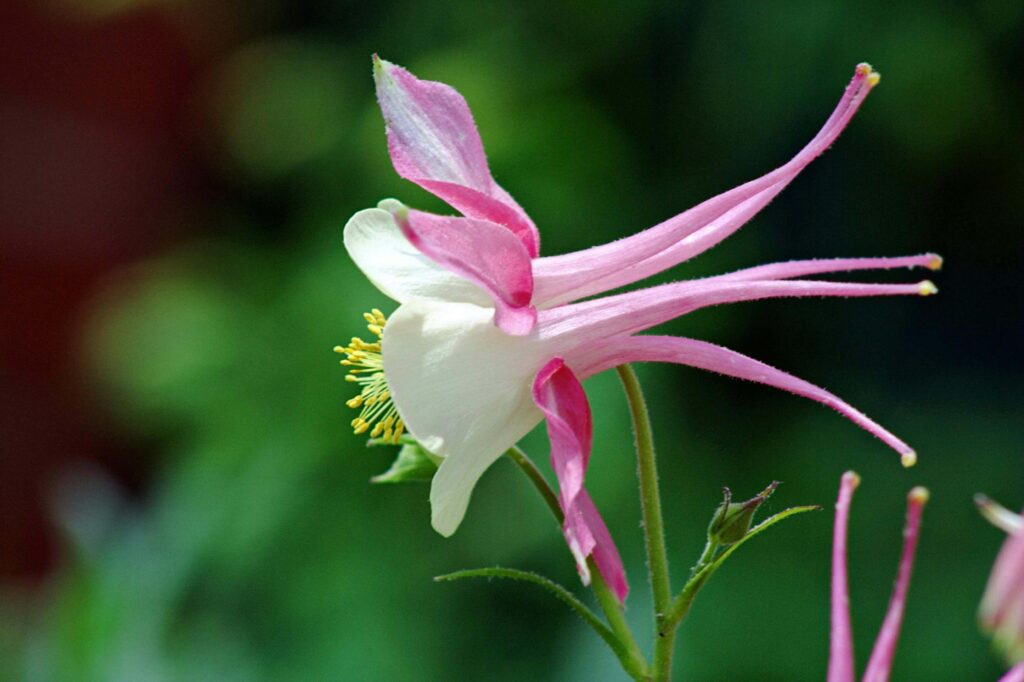
Their petals twist and curl like something from a fairy tale. These are great for woodland edges or spots where you want a little whimsy.
20. Creeping Phlox (Zones 3–9)
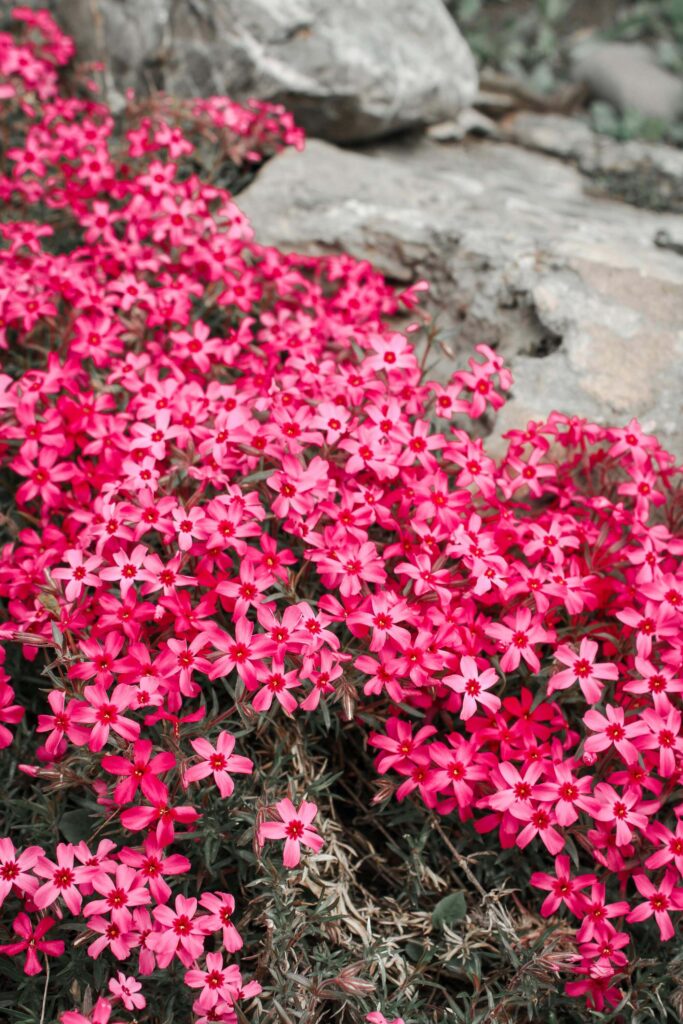
A cascade of pink, purple, and white. This groundcover is perfect for rock gardens, walls, or the edges of sunny beds.
21. Lily of the Valley (Zones 3–8)

Tiny bells with a scent that belongs in a perfume bottle. These do well in the shade and spread slowly over time—perfect along a shady path.
22. Camassia (Zones 4–7)
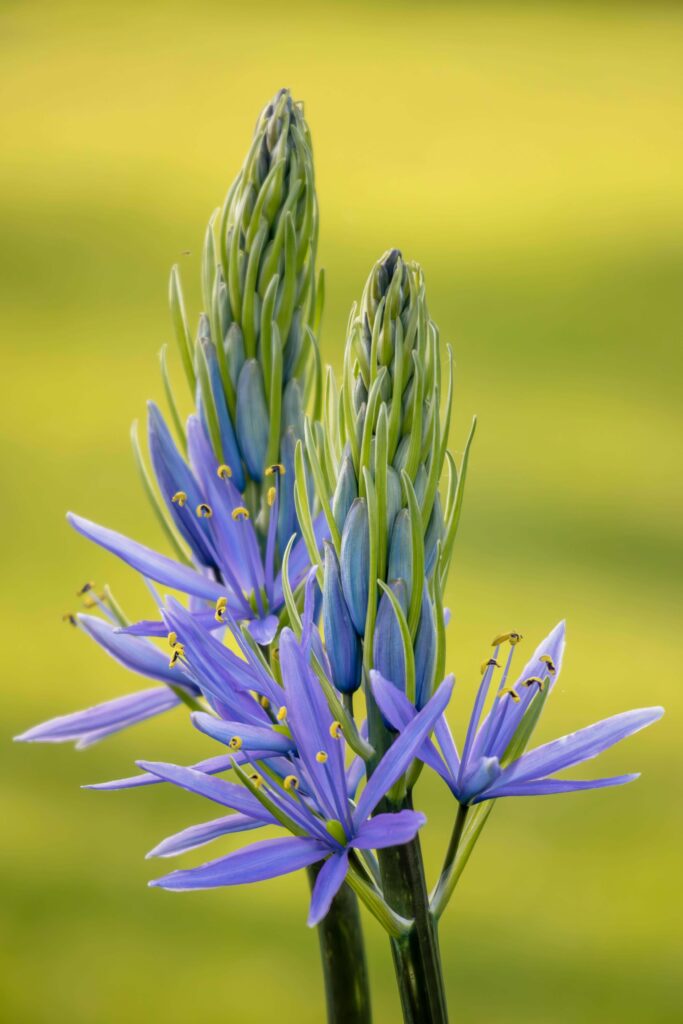
A lesser-known bulb that adds soft blue spikes to the late spring garden. Native and great for naturalizing.
23. Allium (Zones 4–9)
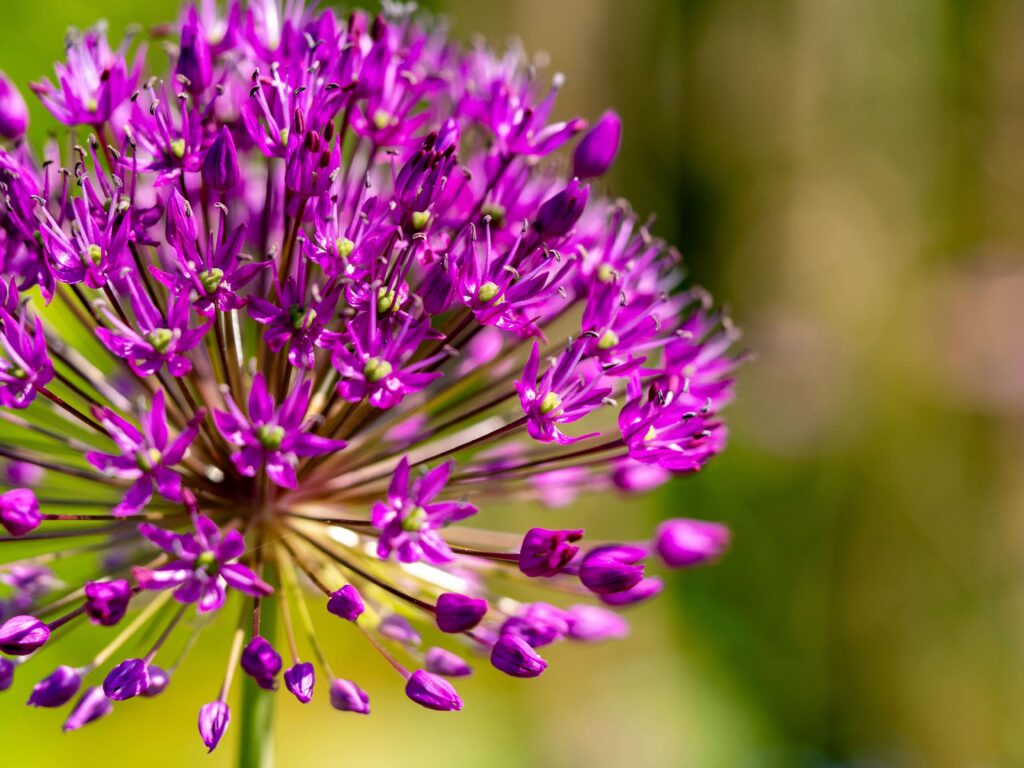
These globe-shaped purple blooms appear late spring, adding structure and surprise. Bees love them too.
24. Wood Anemone (Zones 3–7)
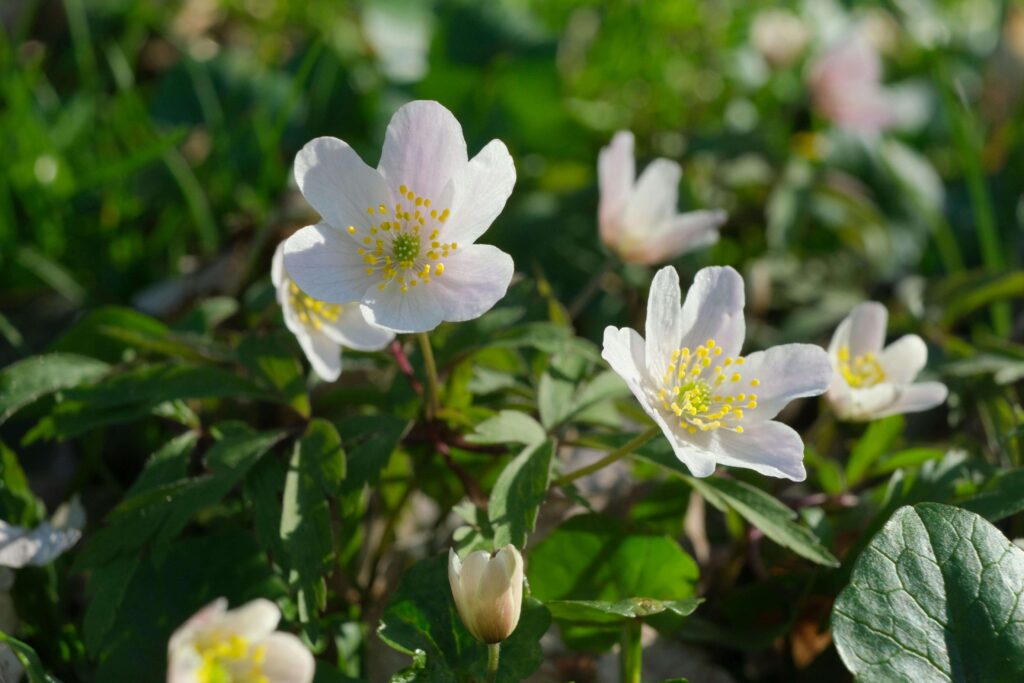
Delicate white blooms on ferny foliage. Lovely under trees or tucked among hostas.
25. Solomon’s Seal (Zones 3–8)
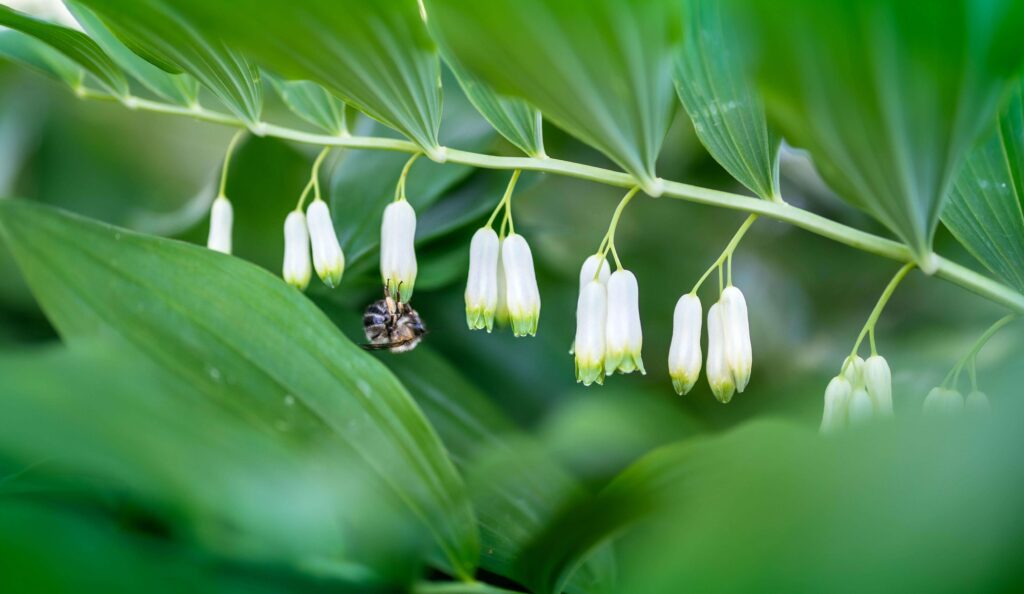
With graceful arching stems and tiny white bells, this flower feels like it belongs in an old storybook garden. Loves the shade and pairs beautifully with ferns.
When and Where to Plant Spring Flowers
Once those flowers start to bloom, don’t just admire them from the window. Here are a few Applewood-approved ways to soak it all in:
- Add a rocking chair to your porch (like the ones we shared in this post) and let your morning coffee stretch a little longer.
- Fill a basket with clippings—a few pansies or bleeding hearts in a mason jar can brighten the kitchen in no time.
- Create a morning ritual: ten minutes with tea, a light shawl, and a view of your grape hyacinths. That’s slow living at its best.
Tips for Planting Spring Flowers in New England
- Layer your bulbs. Plant daffodils deepest, then tulips, and crocus or grape hyacinth near the top.
- Use mulch to hold warmth and protect against late frosts.
- Choose native and pollinator-friendly plants where possible.
- Try succession planting. Mix early, mid, and late bloomers to extend the season.
Want to Go Deeper?
If you’re interested in more native New England plants or supporting pollinators, Native Plant Trust has wonderful resources and classes online.
One More Thing Before You Plant
Spring doesn’t just happen—it unfolds slowly, flower by flower. In New England, where we earn our sunshine, planting spring flowers feels like a quiet celebration. Whether you’re tucking bulbs into your garden or just enjoying a pansy-filled pot on the porch rail, it all counts.
The blooms will come. And when they do, you’ll have your chair waiting.ally begun.
